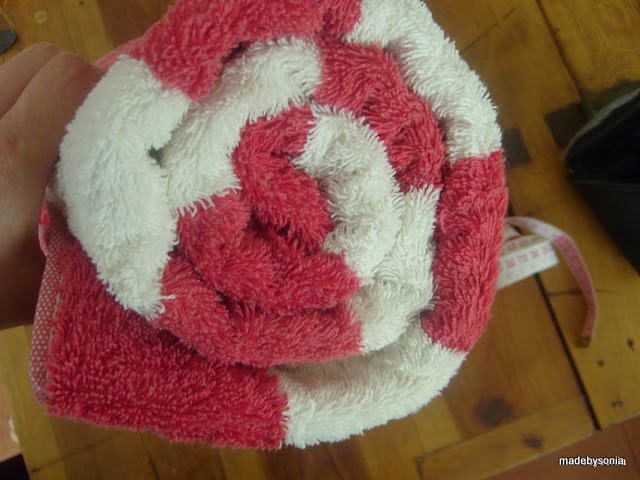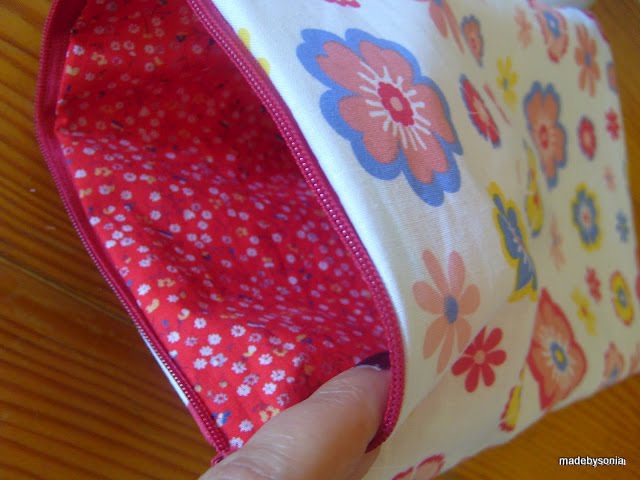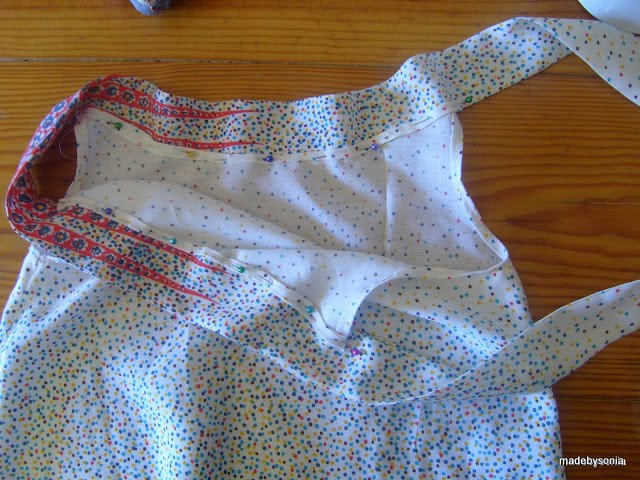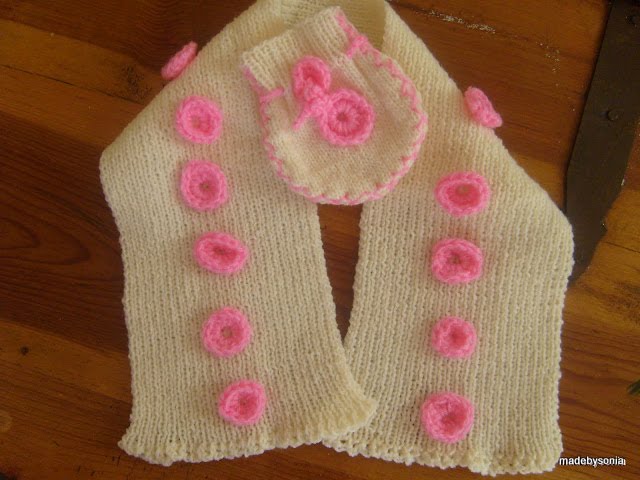Como ando a aprender técnicas de costura, vou partilhar convosco como se faz um viés de tecido e depois como se costura na peça que estamos a fazer.
How am learning sewing techniques, I will share with you how to make a bias binding fabric and then sewing in the piece that we are doing.
Primeiro começamos com o corte do tecido. Dobramos o tecido de modo a criar um triângulo e depois cortamos pela diagonal (pelo viés).
First we start with cutting the fabric. Bend the tissue to create a triangle and then cut by diagonal (at bias).
Medi 5 cm / 2.5" inchs e cortei.
Measure and cut 5 cm / 2.5" inchs.
Depois com o ferro dobrei ao meio e novamente ao meio cada metade.
After with the iron folded in half and each half in half again.
Abre-se o viés e coloca-se a primeira dobra, junto do tecido onde vamos aplicar o viés e cose-se em cima da dobra.
Opens the bias and place along the first fold, of the fabric where we apply the bias and sews up on top of the fold.
Por fim dobra-se o viés para a frente da nossa peça e cose-se por cima para o prender.
Finally bends forward bias our workpiece and sews up over to secure it.
Também se pode coser à mão para não se verem os pontos, mas deste modo deveríamos coser à máquina o viés do lado direito da nossa peça e depois coser à mão do lado de dentro da peça.
One can also handy for sewing can not see the dots, but this way the sewing machine should we bias our right side part and then hand sewn on the inside of the workpiece.
É fácil não é!
It's not easy!
Divirtam-se!
Enjoy!























































